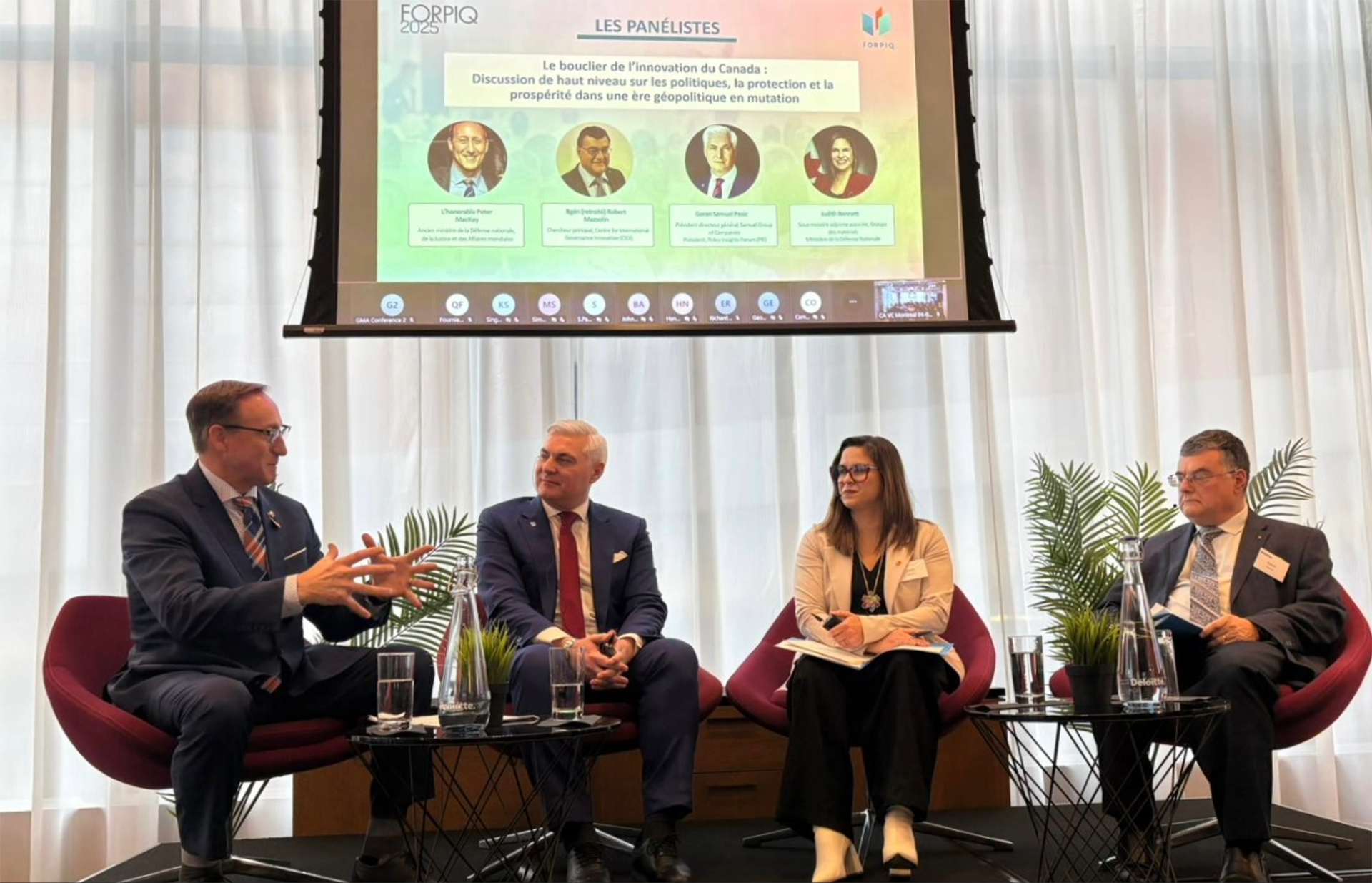When Lobbying, what is the Safest Strategy?


%4010x.png)
Digital Marketing & Communications Specialist
Samuel Associates Inc.
Let's Position your Business for Success

Lobbying is the process by which businesses, charities and individuals communicate their positions to government at all levels. An effective lobbying strategy means you can efficiently communicate your interests to government officials, resulting in policies that address your concerns. Lobbying is an important part of public policy formation and the democratic process.
When lobbying elected and appointed public office holders, the age-old adage holds that it's essential to measure twice and cut once. Whether you are preparing to attend public meetings, communicating with officials by email, or lobbying in face-to-face meetings, three basic principles apply to ensure that your lobbying strategy is on-message and safe from rebuffs. When assisting clients with their lobbying efforts, we follow a pattern of outreach (information), engagement (education) and persuasion (influence).
Outreach (Information Gathering)
The first step in developing a safe lobbying strategy is to reach out to our client and their leadership or management team to collect all of the relevant information required for a campaign. Someone can complete this process either in a formal manner such as through strategic planning questionnaires or informally, or through one-on-one interviewing sessions.
Since information is at the core of a successful lobbying strategy, we work with the client to collect and classify information into three general categories: Important, Critical and Urgent.
- Important: information that is of significant worth or consequence
- Urgent: information that calls for immediate attention, a pressing issue, or a time-sensitive matter
- Critical: information that is crucial, vital, and at a point where the consequences of action or inaction can change significantly for the better or worse
Once our client's information has been amassed and classified, the next step is to process all the relevant data and organize it in a structured manner. The primary aim is to verify it for accuracy, veracity and relevance to the target audience. We do so by challenging the information provided to us through a series of internal discussions with our subject matter experts. If required, outside specialists are consulted to confirm if the information meets the requirements mentioned above.
%4010x.png)
%4010x.png)




